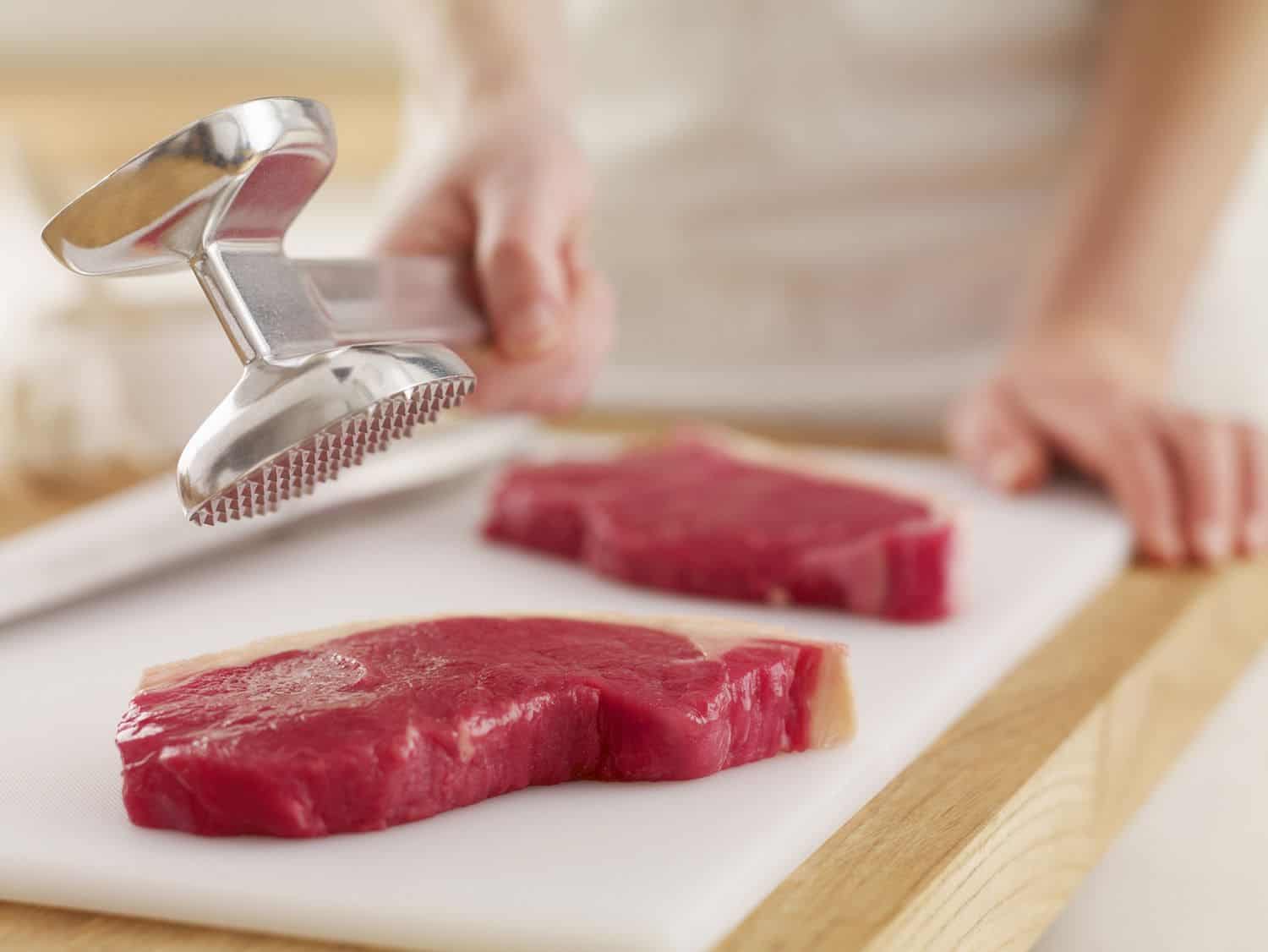What Does a Meat Tenderizer Do? Secrets for BBQ Masters
Written By James Morgan
When it comes to barbecuing, understanding what a meat tenderizer does can elevate your grill game to the next level. The primary function of a meat tenderizer is to physically break down the tough muscle fibers in meat, making it easier to chew and digest. But there's more to the story. Let's dive deep into the fascinating world of meat tenderizers and how they can transform your culinary creations.

The Science Behind Meat Tenderizing
To truly understand what does a meat tenderizer do, you have to look at the science. Meat tenderizing involves breaking down the collagen and protein structures that make meat tough. Collagen is the connective tissue that gives meat its structure, and when broken down, it makes the meat softer and more palatable.
Mechanical tenderizers, such as mallets and blades, physically disrupt these connective tissues. Chemical tenderizers, on the other hand, often use natural enzymes found in fruits like papaya and pineapple to soften the meat.
Mechanical Meat Tenderizers
Mechanical methods involve using tools like tenderizing mallets or meat cubers. When you strike the meat with a tenderizing mallet, the force breaks down the tough fibers. Using a meat cuber, which cuts through the fibers with a series of blades, can also be highly effective.
Mechanical methods are great for thicker cuts of meat like steaks or roasts. If you're looking for tools to pair with your tenderizer, check out this guide on meat tenderizers.
Chemical Meat Tenderizers
Chemical tenderizers use enzymes like bromelain from pineapple or papain from papaya. These enzymes break down the proteins in meat, effectively tenderizing it. They're particularly useful for tougher cuts like brisket or ribs. Just be careful not to overuse them, as they can make the meat mushy.
For more details on how to use these, you might find this how-to guide on chemical tenderizers useful.

The Role of Marinades
Marinades serve a dual purpose: they flavor the meat and tenderize it. Acidic components like vinegar, wine, or citrus juices help break down the muscle fibers, much like mechanical tenderizers do. Sugar, salt, and oil in marinades can also enhance the tenderizing effect.
It's crucial to give your marinade enough time to work. Overnight is often the best, but even a couple of hours can make a difference. For a deeper dive into marination, don't miss this comprehensive guide.
DIY Meat Tenderizing Techniques
If you're in a pinch and don't have a meat tenderizer on hand, there are alternative methods you can use. For instance, using a fork to puncture the meat can achieve similar results to a tenderizing mallet. Additionally, wrapping the meat in plastic wrap and using the back of a pan can be an effective mechanical method.
Rubbing the meat with coarse salt and letting it rest can also help break down proteins, making it softer. These methods are perfect for BBQ enthusiasts looking for quick solutions.

Common Mistakes to Avoid
Even seasoned grillers can make mistakes when tenderizing meat. One common mistake is over-tenderizing, which can ruin the texture of the meat. Another is under-marinating, which doesn't give enough time for the acid to work its magic.
Besides, not adjusting the tenderizing method based on the cut of meat can lead to inconsistencies. To avoid these pitfalls, its crucial to understand the specific needs of the meat you're working with.
FAQ Section
What meats benefit most from tenderizing?
Typically, tougher cuts of meat like brisket, flank steak, and pork shoulder benefit the most from tenderizing.
Can you tenderize meat too much?
Yes, over-tenderizing can lead to mushy meat, which is often undesirable. It's essential to follow guidelines and adjust tenderizing time based on the type of meat.
What is the best tenderizing method?
The best method depends on the meat and the desired outcome. For thick cuts, mechanical methods are often best. For tougher meats, chemical tenderizers can be highly effective.
As an Amazon Associate, I earn from qualifying purchases.



